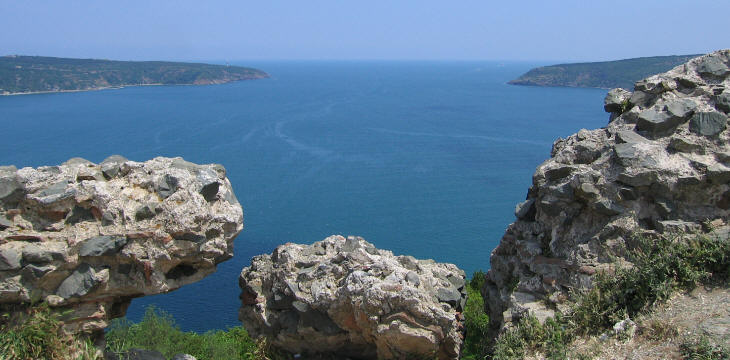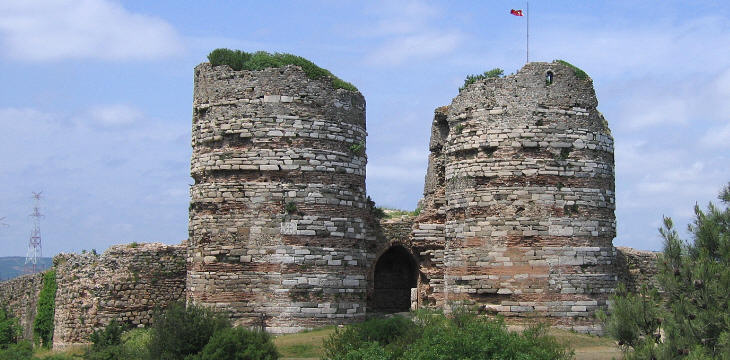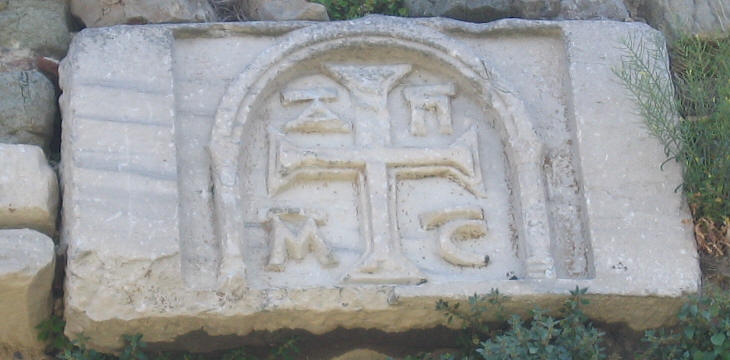  What's New! Detailed Sitemap All images © by Roberto Piperno, owner of the domain. Write to romapip@quipo.it. Text edited by Rosamie Moore. Page revised in June 2010. |
 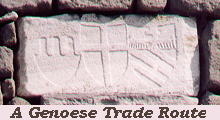 - Anadolu Kavagi - Anadolu Kavagi(relief showing the coat of arms of Genoa at Amastri) The influence played by Genoa in the frequent dynastic quarrels which characterized the last centuries of the Byzantine Empire is evident in the kind of concessions the emperors made to the Genoese. Not only trading rights, ports of call, monopoly of minerals (such as alum) and entire islands, but even the two fortresses which controlled the passage through the Bosporus.
Anadolu Kavagi (most likely meaning Anatolian oak) and Rumeli Kavagi on the European side of the Bosporus were two Byzantine fortresses which were peacefully acquired by the Genoese. They were located near the northern mouth of the Bosporus into the Black Sea.
Anadolu Kavagi in particular enjoyed a strategic location on a promontory commanding an excellent view over the Black Sea.
The site is still fortified and the lower part of the hill is controlled by the Turkish army. There is no evidence left of the fortress (Rumeli Kavagi) which once existed on the European side. A chain laid between the two fortresses blocked the passage of hostile ships.
The upper part of the fortress (called Yoros Castle) is open to visitors. The Genoese lost control of the fortresses soon after the 1453 conquest of Constantinople by Sultan Mehmet II. Prior to starting the siege of the city Mehmet II used a carrot and stick approach towards the Genoese to obtain their neutrality in the forthcoming conflict. He built a powerful fortress (Rumeli Hisar) a few miles south of the Genoese fortresses to undermine their control of the Bosporus and at the same time he let them understand that they would not be affected by his conquest of Constantinople.
Mehmet II, once he had achieved his main goal, decided to secure his conquest by curtailing the Genoese influence and in a few years the Genoese of the region had to accept willy-nilly the conditions imposed by the Sultan who left them only some trading privileges.  Return to: Galata Move to: Kilyos/Rumeli Feneri Amastri Sinope Clickable Map of Turkey showing all the locations covered in this website (opens in another window).  SEE THESE OTHER EXHIBITIONS (for a full list see my detailed list). 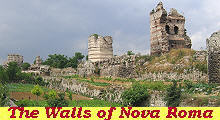  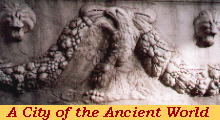 |

